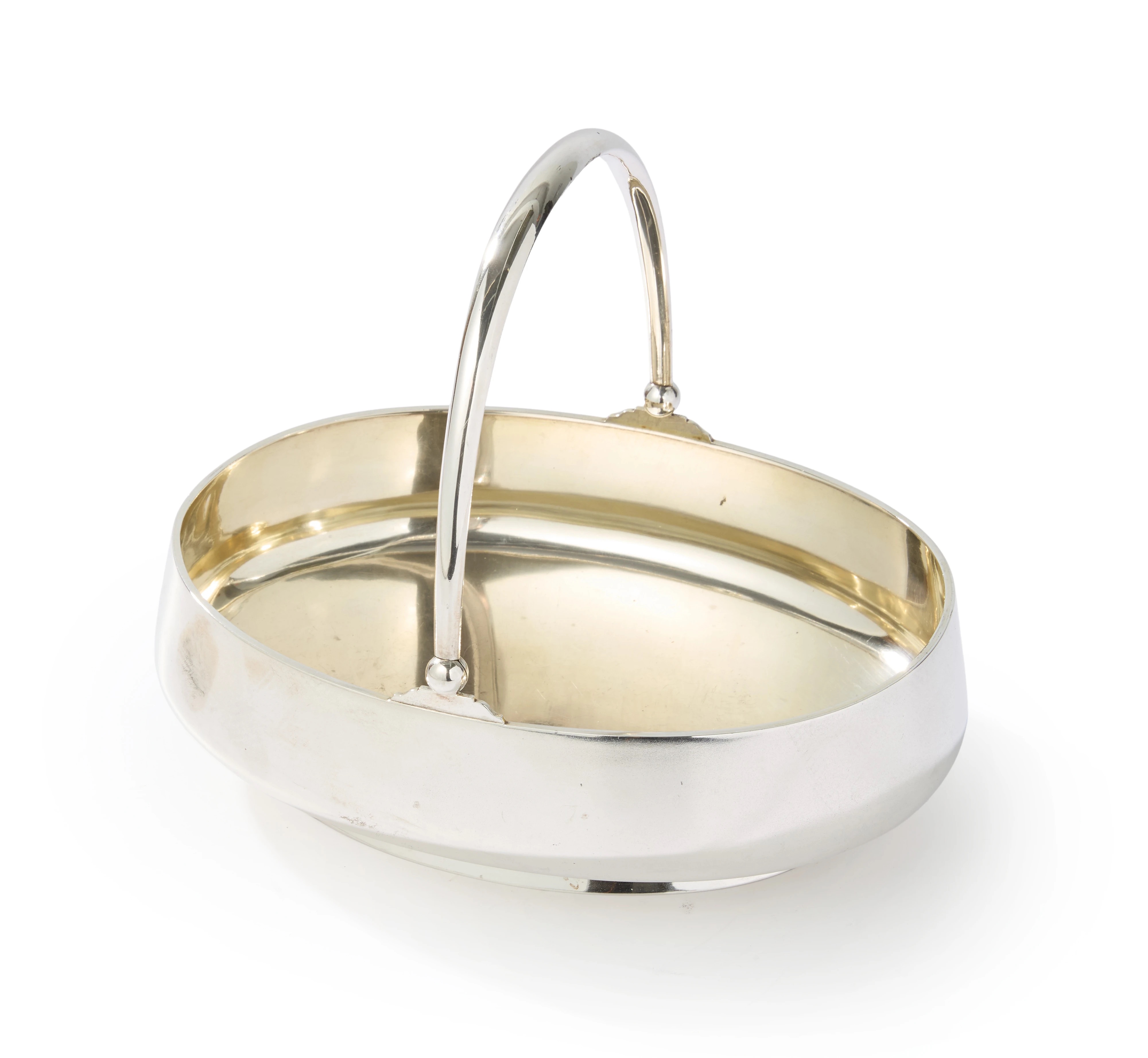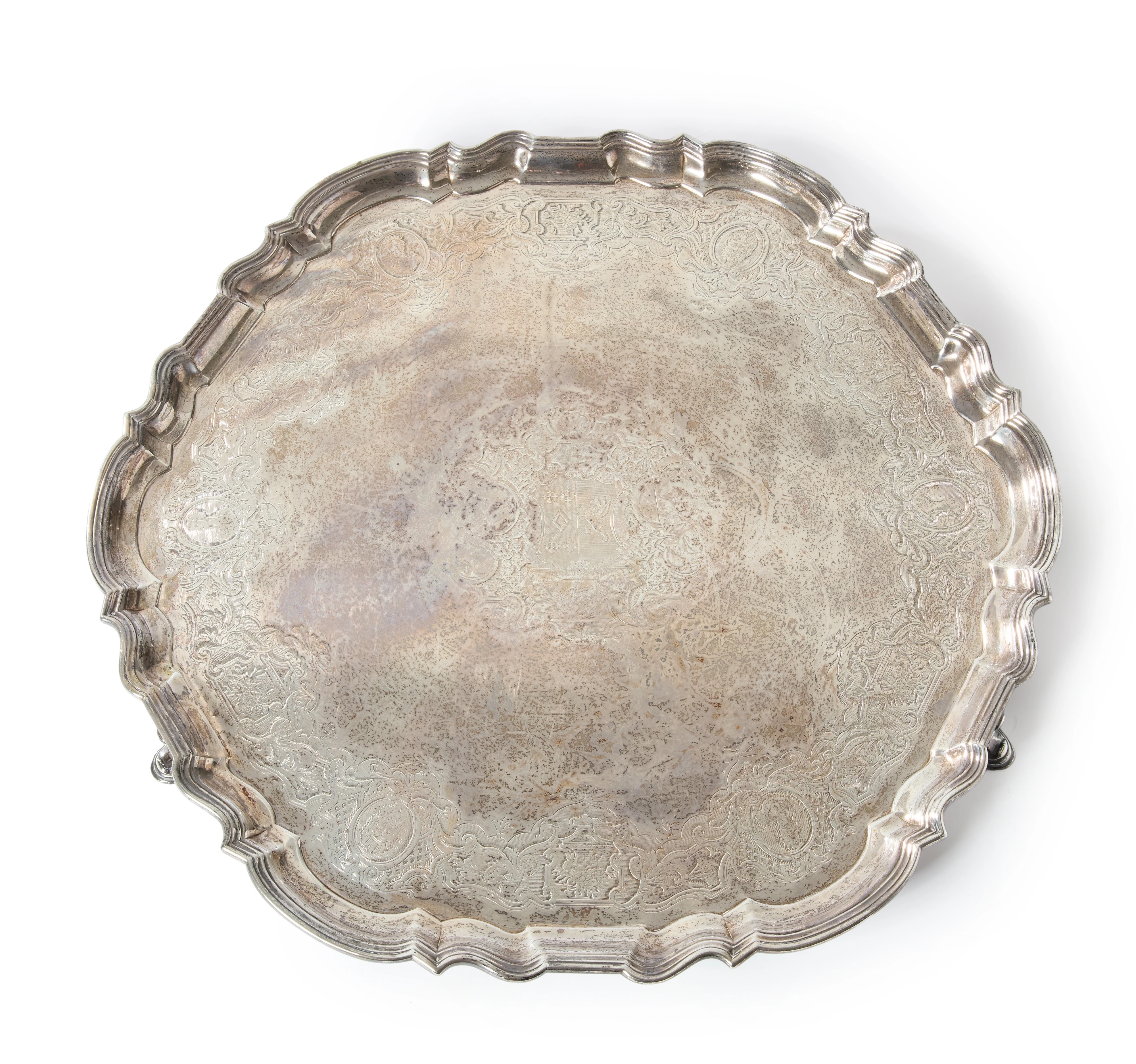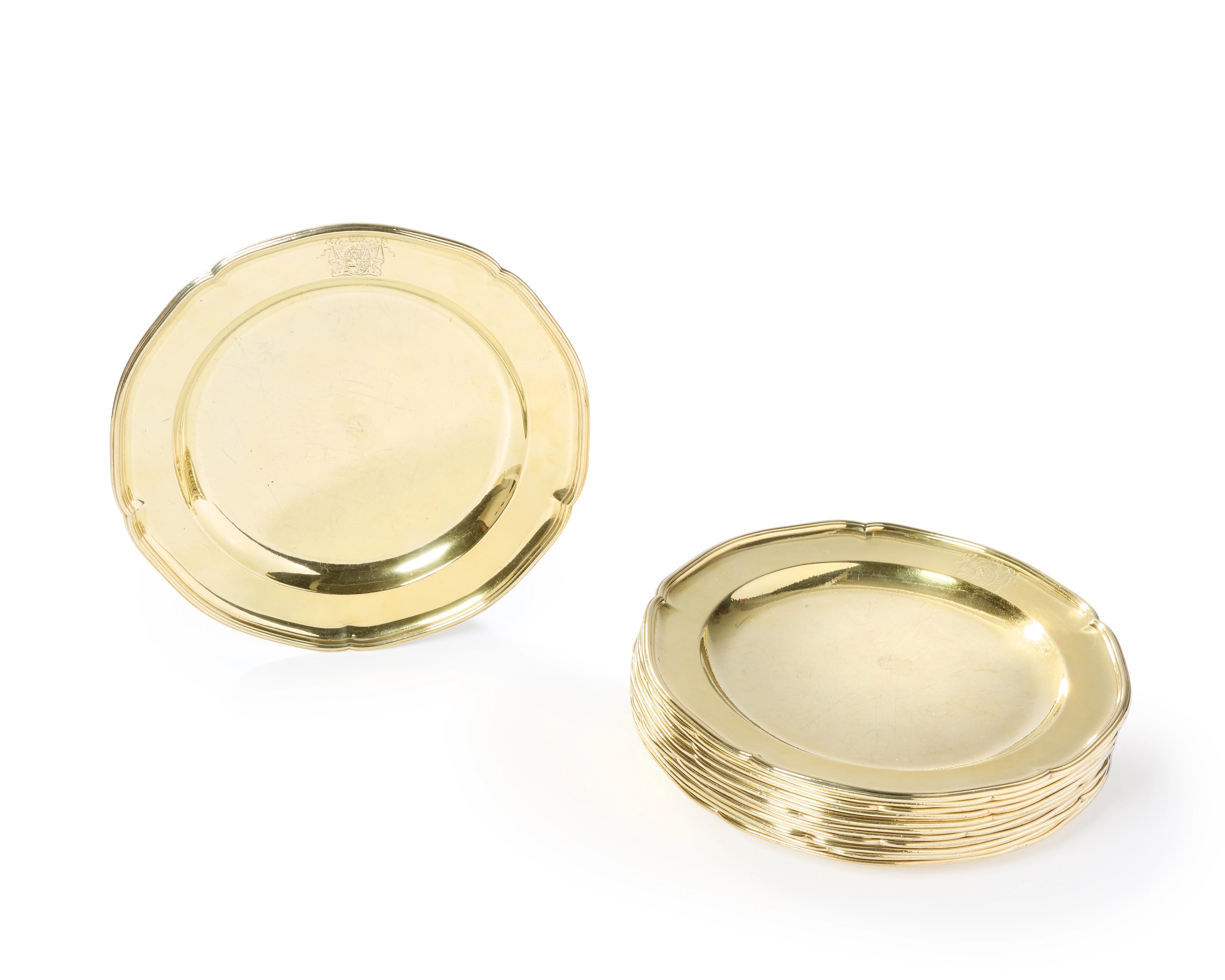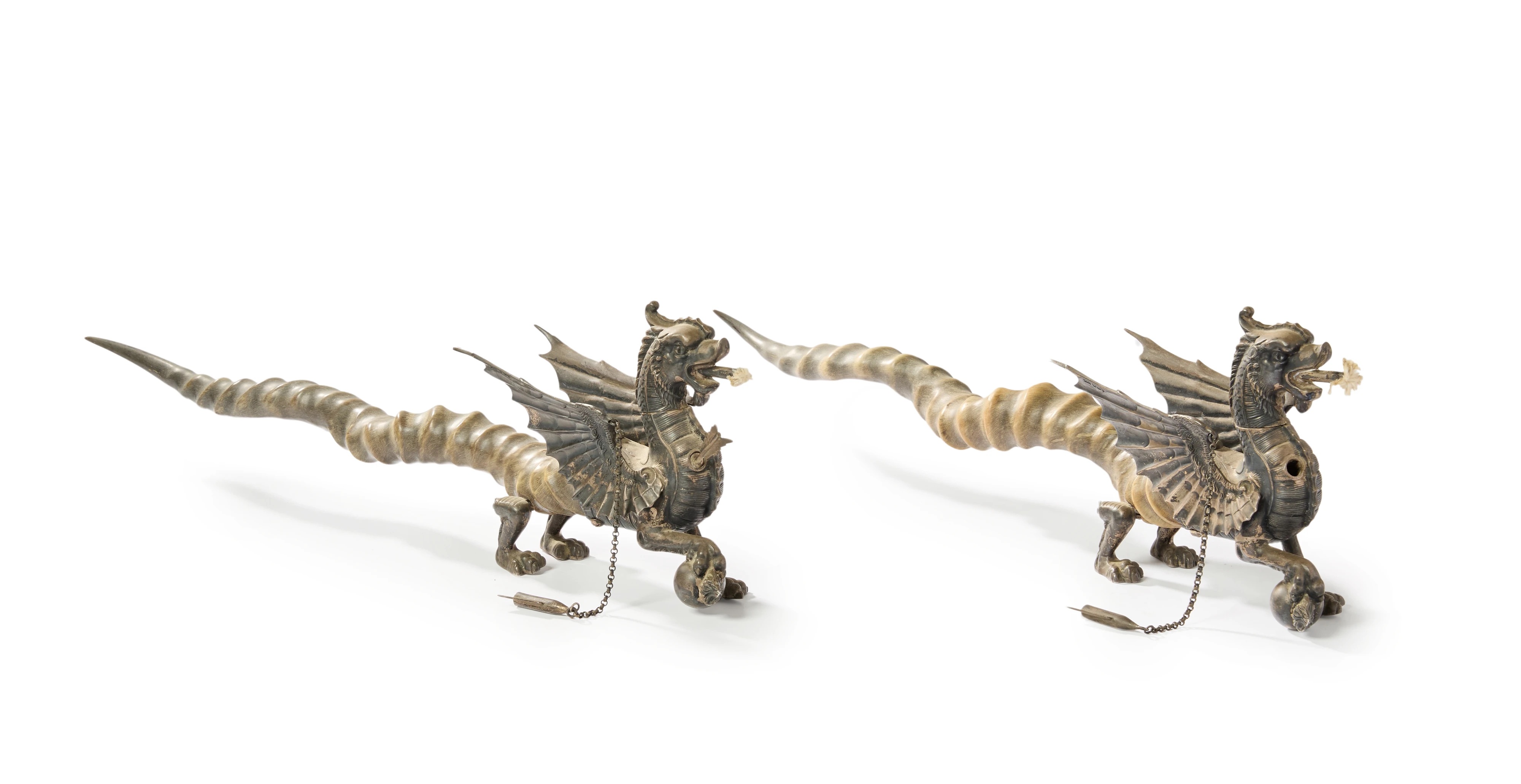Roseberys presents its first Silver auction of 2025, featuring historic pieces of silverware from the 1700s to the present day. The sale includes pieces by renowned makers, including Paul Storr, Pavel Ovchinnikov and Tiffany & Co., and includes a strong selection of silver gilt wares.

Lot 11: An Alexander III Russian silver cake basket. Pavel Ovchinnikov, Moscow, 1887.
Leading the sale is a George II silver salver by Augustine Courtauld, made in London in 1732 and engraved with the arms of the Thornycroft family. Courtauld was the son of a Huguenot refugee who fled France after the 1685 revocation of the Edict of Nantes. Trained under the Huguenot goldsmith Simon Pantin, Courtauld became one of the period’s leading silversmiths, producing works for Empress Elizabeth of Russia and Empress Catherine I. One of his most significant pieces, The State Salt of the Corporation of the City of London, is displayed at Mansion House.

Lot 2: An impressive George II silver salver. Augustine Courtauld, London, 1732.
Another highlight is a set of twelve George III silver gilt plates by John Wakelin & William Taylor, engraved with the arms of Frederick Howard, 5th Earl of Carlisle. Howard, a statesman and Knight of the Garter, was deeply involved in government, serving as Lord Lieutenant of Ireland and Lord Privy Seal. He was also appointed a commissioner to negotiate with America in 1778. His connections to the Byron family were notable—he was the guardian of his cousin, the poet Lord Byron, who later satirised him in English Bards and Scotch Reviewers. Byron’s half-sister Augusta often resided at Castle Howard, further linking the families.

Lot 33: A set of twelve George III silver gilt plates. John Wakelin & William Taylor, London, 1787.
The auction also features a pair of silver-mounted Dragon of Wantley table lighters, each embossed with ‘Ye Dragon of Wantley.’ The Dragon of Wantley is a Yorkshire legend about a monstrous, bat-winged dragon that devoured trees, buildings, and people before being slain by the knight More of More Hall. Unlike traditional heroic tales, this legend is comedic—the knight, inebriated and clad in a specially made suit of Sheffield steel, defeats the dragon by kicking it in its only weak spot. The tale was popularised in a 1685 ballad and later adapted into an opera by Henry Carey in 1787. The lighters, with each dragon resting a foot on a grenade, are believed to have military associations and may have been used in officers’ mess halls.

Lot 1: A pair of silver mounted 'Dragon of Wantley' table lighters. Walker & Hall, Sheffield, 1932.
Also of note is a 19th-century silver dessert spoon with connections to Admiral Horatio Nelson and Jane Austen. The Fiddle pattern spoon is engraved with coronets and a crest for Hilaire Knight, who was married to Nelson’s brother from 1829 to 1835 before later marrying Jane Austen’s nephew, George Thomas Knight of Goodnestone Park.
Lot 25: Of historical interest. A 19th century silver dessert spoon. Mary Chawner, London, 1837.
"This auction brings together an exceptional selection of silver that reflects centuries of craftsmanship, patronage, and history. From Augustine Courtauld’s salver, a testament to the influence of Huguenot silversmiths in Britain, to silver gilt plates engraved with the arms of the 5th Earl of Carlisle, closely tied to Lord Byron, each piece tells a story. These objects are not just fine examples of silverware; they are pieces of history that represent significant opportunities for discerning collectors,” said Georgina Agnew, Head of Silver.





